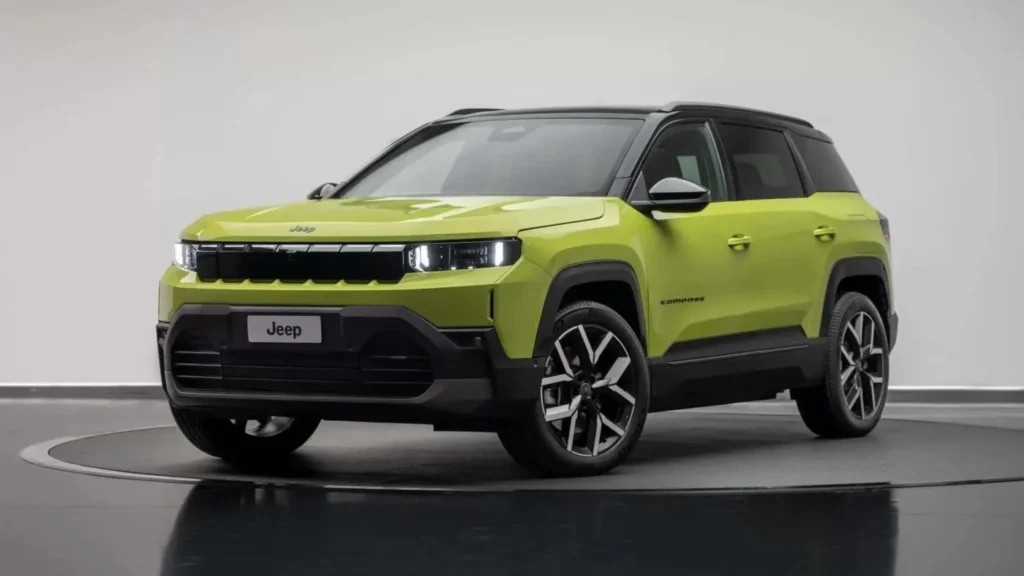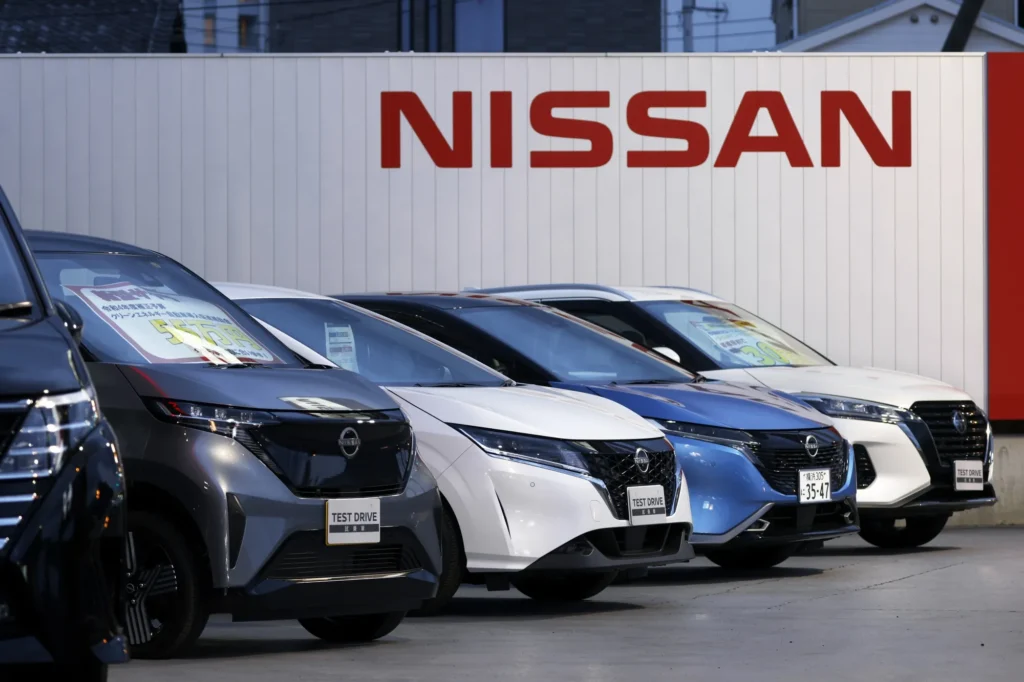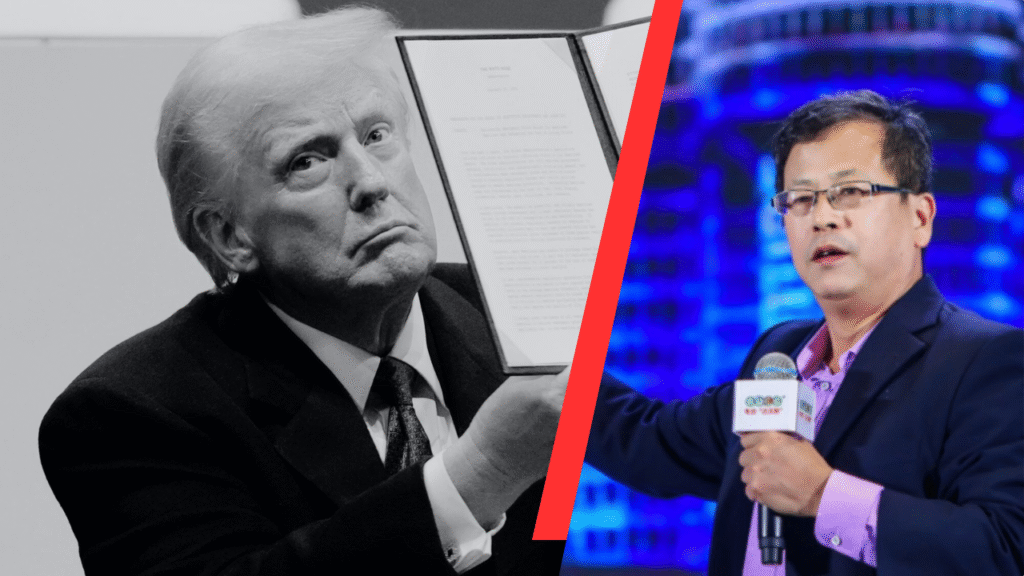Stellantis, the parent company of Jeep, Ram, Dodge, and other major auto brands, is bracing for a turbulent financial year. The automaker recently announced an estimated $2.68 billion net loss for the first half of 2025, citing tariffs, lower fleet sales, and production disruptions as key factors. With a 6% decline in global deliveries including a 25% drop in North America Stellantis is facing significant challenges.
New CEO Antonio Filosa has his work cut out for him. Can the company turn things around, or will tariffs and market shifts continue to hurt profitability?
Why Stellantis Is Set to Lose Over Tariffs
The biggest immediate hit comes from new trade tariffs, which Stellantis says will cost the company $300 million directly. However, the broader financial impact stems from canceled production plans and restructuring efforts that won’t show results until late 2025.
Key factors behind the losses:
- Higher industrial costs due to supply chain adjustments
- Foreign exchange rate fluctuations affecting profitability
- Unplanned production halts to avoid excess inventory
This situation highlights how global trade policies can disrupt even the largest automakers.
Readmore: Nissan Recalls 443,899 Vehicles Over VC-Turbo Engine Failure Risk
North American Sales Plummet by 25%
Stellantis’ most alarming decline came in North America, where shipments dropped by 109,000 units compared to last year. Several factors contributed to this downturn:
- Reduced fleet sales (common in economic uncertainty)
- Slower adoption of new models (like the Ram EV)
- Stronger competition from rivals like Ford and GM
While Jeep and Ram remain strong brands, shifting consumer demand and pricing pressures have hurt volume.

Europe’s Struggle: Smart Car and Fiat 500 Hybrid Delays
In Europe, Stellantis blamed “product transition factors” for weaker sales. Two major launches Smart Car’s new lineup and the Fiat 500 Hybrid have yet to reach full production, limiting availability.
Other challenges in Europe:
- Regulatory pressures pushing faster EV adoption
- Economic slowdowns in key markets like Germany and France
- Inventory backlog from delayed model releases
Bright Spots: Middle East, Africa, and South America See Growth
Not all regions struggled Middle East & Africa saw a 30% sales increase, while South America jumped 20%. This growth suggests that Stellantis’ global strategy still has strong potential in emerging markets.
Possible reasons for success:
- Strong demand for budget-friendly models
- Fewer tariff restrictions in these regions
- Better supply chain adaptability
CEO Antonio Filosa’s Plan to Fix Stellantis
Filosa, who took over in May 2025, remains optimistic, stating:
“There is nothing wrong at Stellantis that cannot be fixed with what is right at Stellantis.”
His potential strategies include:
- Avoiding brand sell-offs (despite rumors about Maserati or Chrysler)
- Accelerating EV and hybrid production
- Cost optimization without major layoffs
Investors will be watching closely to see if Filosa can steer Stellantis back to stability.
What’s Next for Stellantis?
The second half of 2025 will be critical. Key developments to watch:
- Impact of tariffs on year-end earnings
- Recovery in North American and European markets
- New model launches ramping up production
If Filosa’s adjustments pay off, Stellantis could regain momentum but the road ahead remains uncertain.
Conclusion: Can Stellantis Recover?
Stellantis is facing a perfect storm of tariffs, production delays, and sales declines, leading to massive losses. However, strong growth in emerging markets and Filosa’s leadership could help stabilize the company.
The next six months will determine whether Stellantis can rebound or if further restructuring will be needed.

